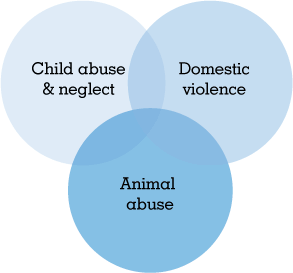
Statistics of violence, abuse and neglect reported in the emergency department
Of the statistics presented among women experiencing some form of violence, abuse and neglect; one study revealed that nearly 40% sustained serious forms of physical injuries and almost 50% of those experience indicative light incidents of battering before a severe domestic violent encounter in the two years that preceded the incident according to the Center for Disease Control and Prevention (CDC) in 2008.
Among women who are in their pregnancy, 5%-15% suffer physical form of violence from their intimate partner of which 10% to 24% of the aforementioned population are allegedly physically and emotionally abused a year before getting pregnant. The severity of such abuse increases in pregnant teenagers of whom 20% are battered and abused while being pregnant. Moreover, domestic violence is the leading cause of death in the young African-American women population according to a survey in 2002.
Violence, abuse and neglect of Elders
As elders become more and more physically frail and less able to fend for themselves, violence, abuse and neglect are very closely associated for this group of individuals. The elderly, due to diminishing senses, cognitive ailments and frail physical bodies are very susceptible to many forms of abuse and neglect. What’s even more distressing is that more and more elderly adults are being abused in more than several ways which are often done by the people who are directly responsible for their care.
Approximately 1-2 million elders worldwide are abuse or neglected every year according to a study conducted by the World Health Organization. Violence, abuse and neglect against the elderly takes so many forms including, physical as well as psychological in nature. Some specific forms of such abuse include violation of personal rights, financial abuse and abandonment.
Common clinical manifestations of violence, abuse and neglect
When people who have been under an episode of violence abuse and neglect, they most often presented with physical injuries or with health problems such as anxiety, insomnia, or gastrointestinal symptoms that are strongly related to stress. Usually, when these victims of such abuse are assessed, they rarely disclose information and identify their abuser out of fear.
The possibility of violence and abuse should be carefully investigated whenever a person presents multiple injuries that are in various stages of healing which are presented in a distinct and dubious pattern especially when injuries are insufficiently unexplained and when explanation does not fit the physical evidence presented.
The possibility of neglect should be further investigated whenever a dependent person with adequate resources and is designated to a care provider showing evidence of inattention to hygiene, nutrition and medical needs. The most common physical injuries seen and reported in the majority of EDs include unexplained bruises, malnutrition and dehydration which are common grounds for a suspected case of violence, abuse and neglect.